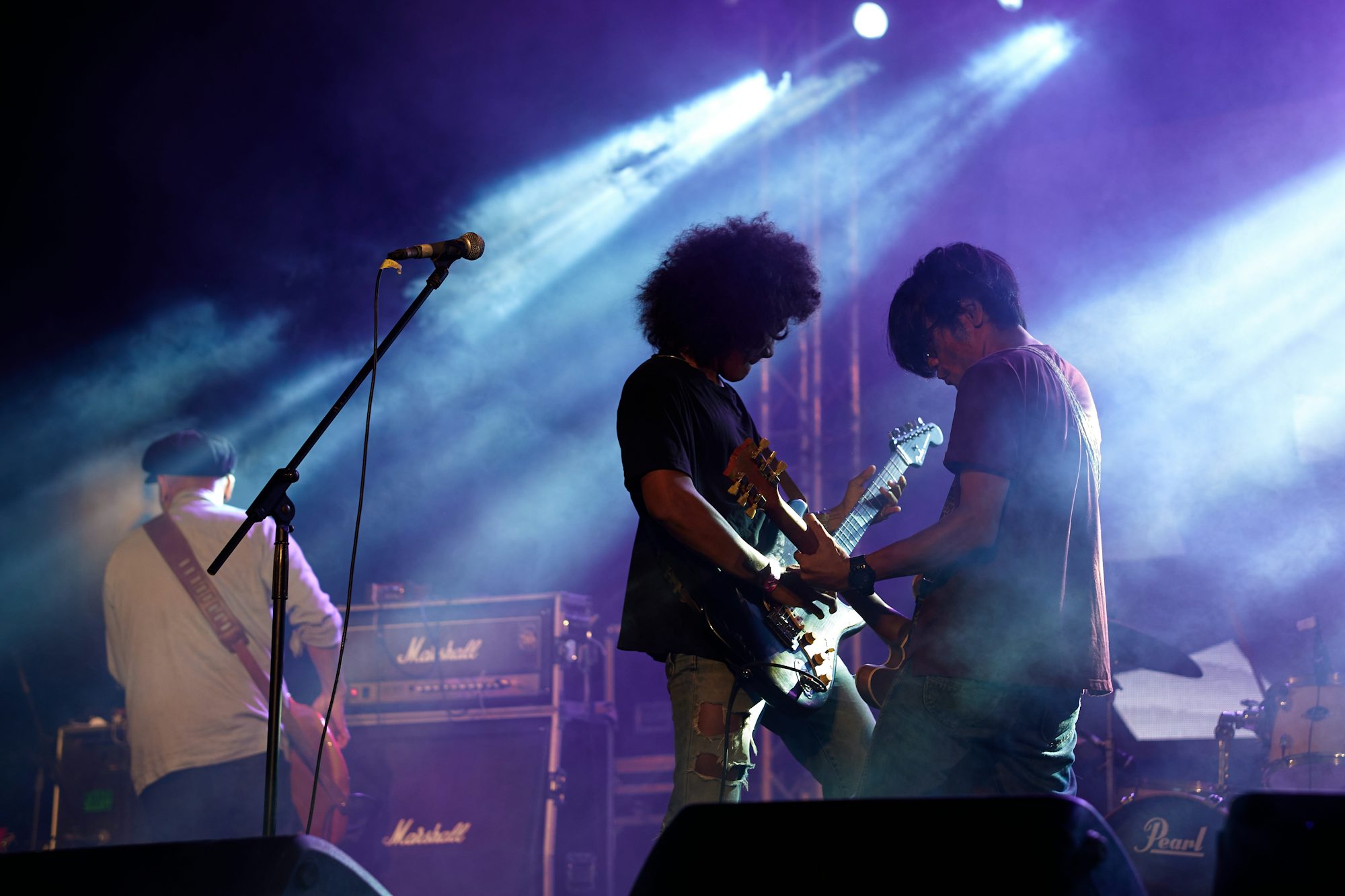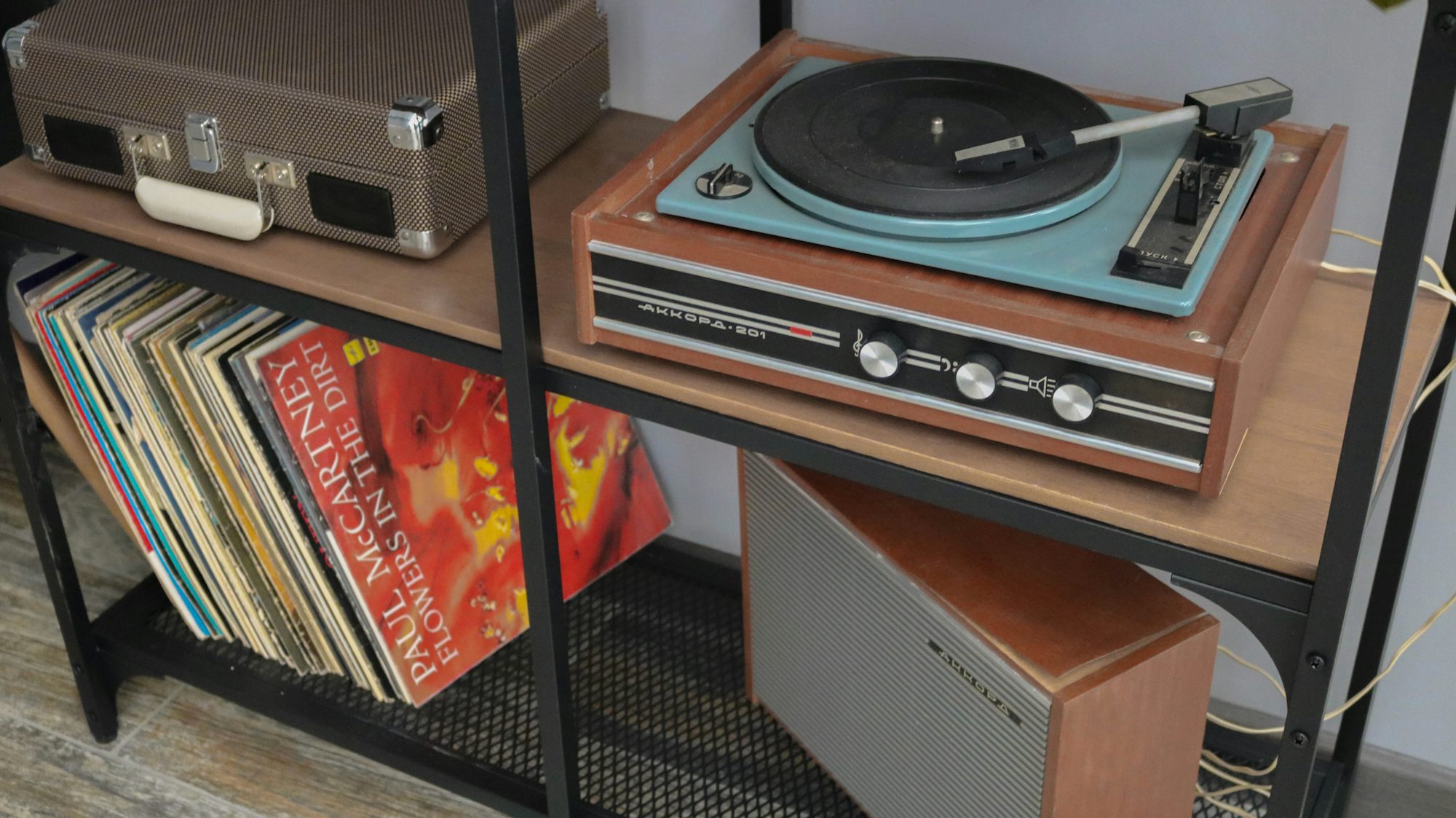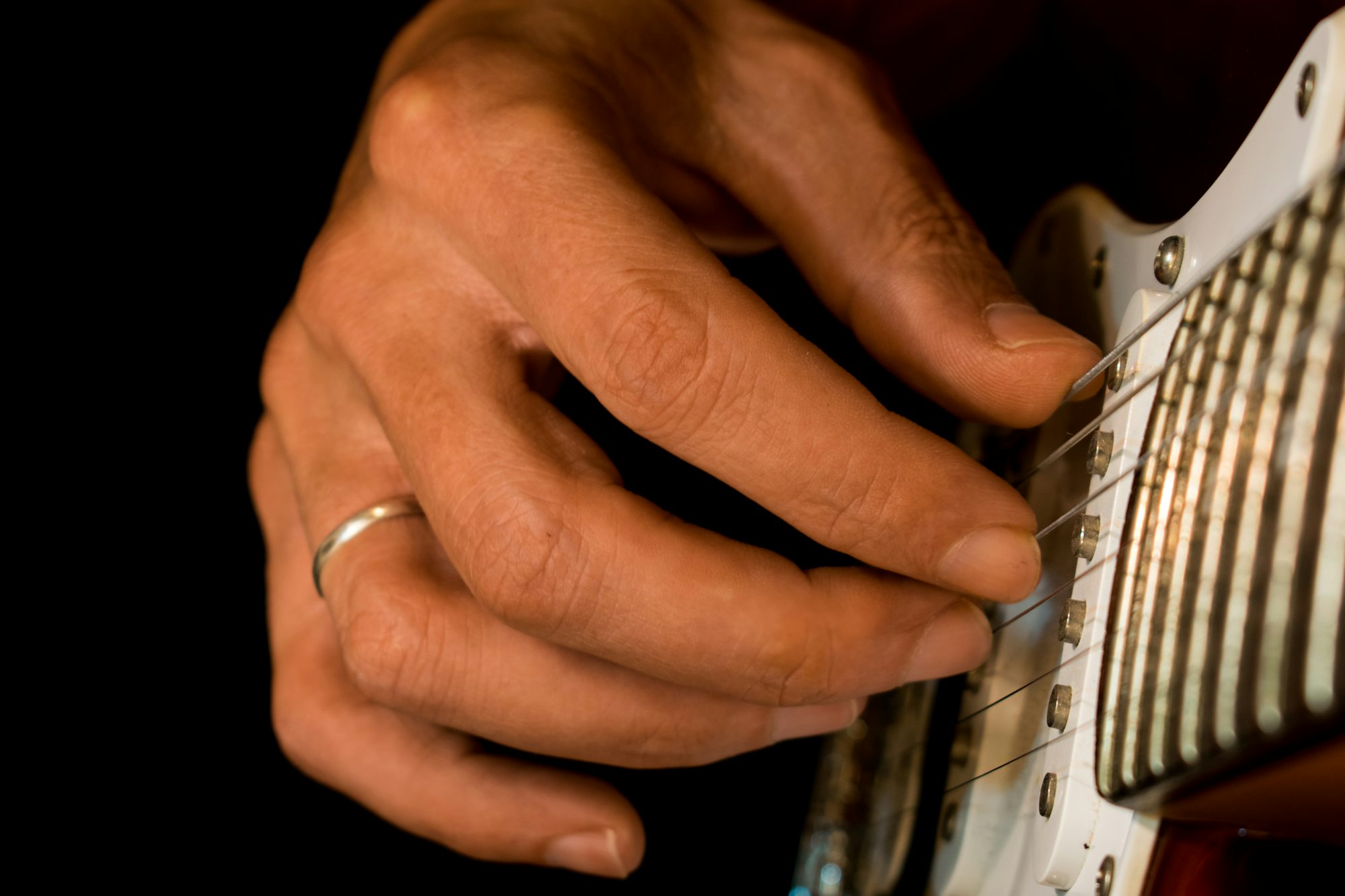Electronic Dance Music (EDM) has revolutionized the way we experience music, creating vibrant communities and dynamic cultural movements around the world. From underground clubs to massive music festivals, EDM genres continue to shape the musical landscape. In this article, we will delve into the evolution of various EDM genres, exploring their defining characteristics, the artists who pioneered them, and the cultural significance that drives their popularity.
The roots of EDM can be traced back to the late 20th century when electronic music began to gain traction in dance clubs. House music emerged in Chicago in the early 1980s, characterized by its steady 4/4 beat and a blend of soulful melodies and electronic elements. As this genre evolved, it gave rise to various subgenres that would become integral to the EDM scene.
One prominent subgenre is deep house, known for its slower tempo and rich, atmospheric sound. Artists such as Disclosure and Duke Dumont have played a pivotal role in popularizing deep house, incorporating elements of jazz and soul into their tracks. The genre creates an inviting ambiance, often combining vocal samples with lush instrumentation, making it a favorite for both club DJs and relaxed listening sessions.
In contrast, tech house blends the rhythmic elements of house music with the driving beats of techno. This fusion produces a sound that is both energetic and danceable. Artists like Solardo and Fisher exemplify this subgenre, creating tracks that keep crowds moving. The seamless transitions between beats and hooks allow DJs to craft dynamic sets that maintain high energy throughout the night.
The techno genre, which originated in Detroit, has also undergone significant evolution. Pioneers like Juan Atkins and Derrick May helped shape the futuristic sound of Detroit techno, which incorporates synthesized melodies and repetitive beats. This genre emphasizes technological innovation, often pushing the boundaries of sound design. Minimal techno, a subgenre that focuses on simplicity and repetitive structures, allows artists such as Richie Hawtin and Ricardo Villalobos to explore the subtleties of sound. This approach invites listeners to immerse themselves in a meditative experience, highlighting the art of minimalism in electronic music.
Trance music stands out for its emotional depth and uplifting melodies. Characterized by long build-ups and euphoric drops, progressive trance artists like Above & Beyond and Armin van Buuren create tracks that evoke powerful feelings. The genre is designed to take listeners on a journey, where the anticipation builds before culminating in a euphoric release. This emotional connection is a significant factor in the genre’s popularity at festivals and events, where audiences often experience a shared sense of joy and unity.
Psytrance offers a more psychedelic experience, characterized by intricate soundscapes and fast tempos. Artists such as Astrix and Infected Mushroom have pushed the boundaries of sound design within this genre, creating immersive tracks that transport listeners to otherworldly realms. The energetic beats and complex layers of sound make psytrance a staple at outdoor festivals, where vibrant visuals and a sense of community enhance the overall experience.
Dubstep, which emerged in the late 2000s, has become synonymous with heavy bass and dynamic sound design. This genre has also branched into various styles, with brostep leading the charge. Artists like Skrillex and Excision are known for their aggressive drops and high-energy performances, captivating audiences with electrifying beats. Brostep’s widespread appeal has brought dubstep into the mainstream, making it a fixture at major music festivals.
On the other hand, deep dubstep focuses on atmospheric sounds and a more subdued bassline. Artists like Mala and Burial create tracks that evoke a sense of moodiness and introspection. This style invites listeners to explore the depths of sound, often featuring slower tempos that encourage reflection. Deep dubstep’s haunting melodies and complex arrangements set it apart, appealing to those who appreciate the nuances of music.
Drum and bass (D&B) has also carved a significant niche within the EDM landscape, characterized by fast breakbeats and heavy basslines. Subgenres like liquid funk and neurofunk have emerged, showcasing the diversity of sound within D&B. Liquid funk, with its melodic and soulful elements, has been championed by artists such as LTJ Bukem and High Contrast. This subgenre blends jazz influences with electronic beats, creating an uplifting vibe that resonates with listeners.
Conversely, neurofunk represents a darker and more technical side of D&B. Artists like Noisia and Ed Rush & Optical emphasize precision and intricate sound design, crafting tracks that challenge the listener. Neurofunk’s complex rhythms and powerful basslines make it a favorite among producers and DJs who enjoy pushing musical boundaries.
Electro, which encompasses various high-energy subgenres, has gained popularity in recent years. Electro house is known for its vibrant beats and prominent basslines, with artists like Deadmau5 and Martin Garrix leading the charge. The energetic sound of electro house makes it a staple in DJ sets, often serving as the climax of a performance. The combination of catchy hooks and dynamic drops creates an exhilarating atmosphere, keeping audiences engaged.
Future bass, on the other hand, takes a more melodic and uplifting approach. With artists like Flume and San Holo at the forefront, future bass emphasizes lush synths and emotive melodies. The genre often features heavy drops combined with intricate vocal arrangements, creating an engaging listening experience that appeals to a wide audience.
Trap music has also made a significant impact on the EDM scene, bringing its unique flavor to the forefront. EDM trap, characterized by energetic beats and catchy hooks, has been popularized by artists such as RL Grime and Flosstradamus. The fusion of electronic elements with traditional trap beats creates a high-energy sound that ignites the dance floor, making it a favorite at festivals.
In contrast, chill trap offers a slower tempo and more relaxed vibe. Artists like ODESZA and Louis the Child create soothing soundscapes that blend elements of trap with a mellow approach. This subgenre invites listeners to unwind and enjoy the music, making it ideal for laid-back settings and introspective moments.
Bass music, which includes styles that emphasize low frequencies and rich soundscapes, has gained prominence in the EDM community. Future garage, exemplified by artists like Burial and Jamie xx, mixes elements of garage and dubstep, creating an atmospheric vibe that is both nostalgic and introspective. This genre allows listeners to explore deeper emotions within electronic music, showcasing the diversity of sound.
UK bass, a genre that draws from various underground styles in the UK, has also made its mark. Artists like Hudson Mohawke and Joy Orbison blend influences from dubstep, garage, and house, creating innovative sounds that reflect the eclectic nature of UK underground music. This genre highlights the importance of regional influences in shaping the global EDM landscape.
Finally, hard dance genres, including hardstyle and hardcore, have carved out their own niche within the EDM scene. Hardstyle, characterized by its energetic kicks and basslines, has captivated audiences with artists like Headhunterz and Brennan Heart. The festival culture surrounding hardstyle creates an electrifying atmosphere, where fans come together to celebrate their love for the music.
Hardcore, an even faster and more aggressive subgenre of hard dance, is exemplified by artists like Angerfist and DJ Mad Dog. This genre pushes the limits of speed and intensity, creating a raw and powerful experience for listeners. Hardcore often serves as a release for fans, allowing them to channel their energy into the music.
One of the most fascinating aspects of EDM is its ability to cross over into other genres, particularly pop music. Artists like Calvin Harris and The Chainsmokers have successfully integrated EDM elements into mainstream pop, creating chart-topping hits that resonate with a broad audience. This crossover appeal has helped popularize electronic music beyond traditional dance scenes, making it accessible to listeners everywhere.
Additionally, the trend of EDM remixes has allowed DJs to reimagine popular songs, transforming them into dancefloor anthems. This practice not only showcases the creativity of DJs but also introduces EDM to new audiences, further blurring the lines between genres. The collaborative nature of EDM fosters a sense of community among artists, encouraging experimentation and innovation.
In conclusion, the evolution of Electronic Dance Music reflects the dynamic nature of musical expression and cultural exchange. Each genre and subgenre offers a unique lens through which we can explore sound and rhythm, inviting artists and listeners to connect in new ways. As EDM continues to grow and influence mainstream music, its ability to unite people through shared experiences remains at the heart of its appeal. Whether you’re dancing at a festival, enjoying a chill trap track at home, or exploring the intricacies of minimal techno, there is a place for everyone in the vibrant world of EDM.


